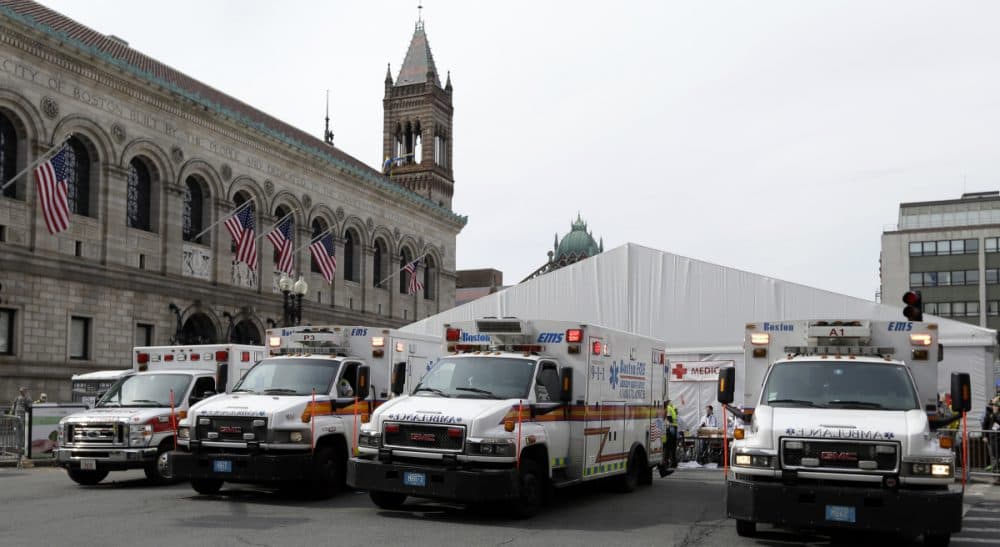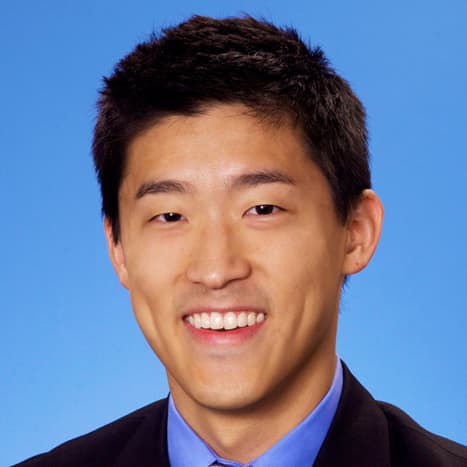Advertisement
When Crisis Strikes, Everyone Can Help — Even Those On The Sidelines

I was not at the finish line when the bombs went off on Boylston Street last April. And despite working at one of the academic hospitals where critical patients were triaged, I was not one of the front line physicians who cared for them in the ERs and operating rooms.
Still, the memory of the Boston Marathon bombing remains fresh in my mind. I vividly recall hearing the news from my patient after I entered his room with my supervisor. I remember turning towards them both in disbelief and seeing the same stunned look on their faces. I recall the salvo of sirens trailing behind ambulances racing out of the medical center. I remember the fear and confusion that ensued, and the concerned calls from loved ones.
Amid the tragedy, many within the medical community found small measures of comfort in the fact that every patient successfully transported from the bombing site to a hospital survived. Apart from the tireless work of front line clinicians, a theme emerged to explain this ability to care for the severely injured: that instead of being an isolated reaction, our disaster response was the result of a decade of concerted preparation.
The bombing seemingly thrust many [medical professionals] into further normalcy, not extraordinary, heroic action.
Articles in the New England Journal of Medicine described how the emergency preparedness and training exercises at hospitals like mine helped personnel respond quickly to large numbers of wounded victims. Leaders appropriately credited advanced planning as a major driver behind successful triage and care. Some noted that our “pre-9/11 naivete” had been replaced by “post-9/11 sobriety,” replacing what would have otherwise been reactions of shock with ones of calculation and anticipation.
To this day, I am still amazed by how careful contingency planning helped us move decisively in the moments after the bombing. A year later, however, I also appreciate the more subtle, yet important, lesson that the incident taught us about our adaptivity.
Interestingly, in the days following the bombing, some clinical providers — those without the surgical or procedural skills needed to treat blast injuries — struggled with a sense of helplessness. They helped where they could, covering additional shifts and offering a free hand to gather extra supplies or transport patients.
Many, however, still felt stifled by the feeling that, in contrast to their front line colleagues in the ERs, operating rooms and intensive care units, they couldn’t do much in such a dire time of need. On one hand, they knew that the world around them was in chaos. Yet on the other, their work routines did not seem to change or correlate with the significance of what had just happened. The bombing seemingly thrust many of them into further normalcy, not extraordinary, heroic action.
Advertisement
That normalcy, however, would prove crucial to our city and hospitals’ success in saving lives. Healthy systems are resilient systems, ones that adjust well to stress and perturbation. From complexity theory and examples from other industries, we are learning in medicine that in response to unexpected events, an organization’s array of individual and group behavior can change and self-organize in order to allow it to operate effectively under new circumstances. The strength of a system is often based on adaptation as well as rigorous protocols.
The manifestations of this adaptability, however, can vary for different segments of an organization. In the wake of the bombing, for some it involved self-organizing to clear hallways around crowded ERs. For others, it involved expanding their clinical services to take on new patients. For yet others, it meant agreeing as a group not to rush into action or overcrowd the front lines, and to instead focus on doing their daily work as well and efficiently as possible.
While all of these actions may have looked (and felt) different, they were all complex in that they occurred rapidly with relatively little top-down delegation or oversight. And based on my observations, they also took uncommon degrees of humility and teamwork to carry out.
all individuals and groups contribute to an organization performing well under unexpected circumstances, even when (and perhaps <em>especially</em> when) it doesn’t feel that way.
Of the many lessons to be learned from the bombing, this is one of the most useful for the medical community: that all individuals and groups contribute to an organization performing well under unexpected circumstances, even when (and perhaps especially when) it doesn’t feel that way.
This is a straightforward concept, but a much more difficult one to validate and implement. Pursuing the latter will almost undoubtedly require investment in leadership, organizational structures and institutional cultures that promote teamwork, humility and openness.
Ultimately, however, it is worth the investment because strong systems are resilient ones. And the benefits that result will prove useful in providing organizations and providers added direction and meaning, not just the face of both unforeseen calamity, but also in the day-to-day calling to care for the ill and infirm.
Related:
